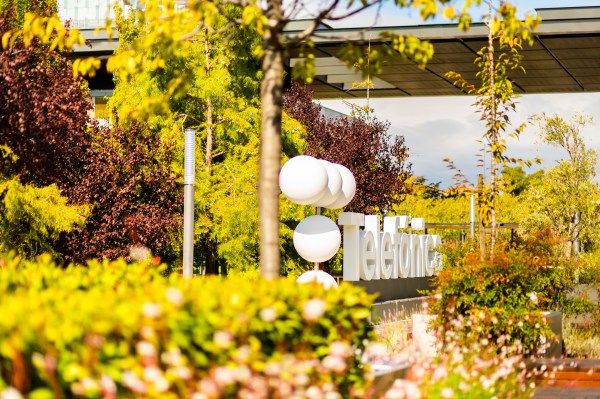Telefónica has published the first life cycle environmental impact and benefit analysis of its connectivity solutions, based on the application of the European Taxonomy of Sustainable Activities, with the aim of reinforcing its 2040 decarbonisation commitments and supporting future decision-making processes to further reduce its GHG emissions.
In recent years, environmental protection has become an urgent priority. The COP27, the Conference of the Parties to the United Nations Framework Convention on Climate Change, is currently being held in Egypt and is warning of the need to speed up the pace of reducing emissions of polluting gases and the use of fossil fuels, calling for an effort to migrate to renewable energies in order to reach the target of zero net emissions by 2050, to which Telefónica has committed itself a decade in advance.
Among the conclusions of the Life Cycle Analysis of Telefónica España’s Connectivity Solutions – prepared in compliance with the technical criteria of the aforementioned taxonomy and validated by AENOR – is that the environmental impact per PB of fibre to the home (FTTH) is 18 times lower than that of copper, i.e. 94%, thanks, among other things, to the company’s previous efforts in terms of energy efficiency, design and implementation of new technologies and investments in renewable energy. These results support Telefónica’s plans to accelerate the rollout of FTTH connections and continue with the closure and decommissioning of all copper installations in 2025.
In terms of mobile networks, the environmental impact per PB of the 4G/5G network has been shown to be 7 times lower than 2G/3G associated with lower and more efficient energy consumption during data transport and processing in the network system.
It is also important to note that the environmental impact of fibre and 4G/5G is reduced by more than 70% during operational activities due to Telefónica’s use of renewable energy.
“We are aware of the urgency of reducing CO₂ emissions and have therefore reinforced our targets to help limit the global temperature increase to 1.5ºC,” says Maya Ormazabal, Telefónica’s Director of Environment and Human Rights. “Our targets go beyond the Paris Agreement and we are committed to reaching net zero emissions by 2040 across the value chain as well as neutralising emissions from our main operations by 2025,” she adds.
Telefónica’s strategy therefore integrates energy and climate change management and forms part of the company’s Responsible Business Plan, which is aligned with the business and the demands of stakeholders.
For Telefónica, it is a priority to maintain stable electricity consumption despite the sharp increase in the digitalisation of society and therefore in the data traffic that flows through its networks. In fact, this situation has tested the robustness and stability of Telefónica’s network, which has withstood an increase in data traffic of 45% in 2020 and 31% in 2021, without saturation and with an availability of over 99.9%.
Chile joins the ranks of 100% renewable energy
100% of the electricity used by Telefónica comes from renewable sources in the Group’s main markets (Europe and Brazil), as well as in Peru and now Chile. Progress has also been made in partial purchases of certificates for operations in Argentina and Ecuador. With these milestones, 50% of the energy for Latin America and 84% for the Telefónica Group will come from renewable sources by 2022.
Its Renewable Energy Plan includes solutions such as self-generation, purchase of renewable electricity with guaranteed origin and long-term Power Purchase Agreements (PPAs) and prioritises non-conventional renewable electricity sources.
Therefore, the company is implementing photovoltaic panels in its facilities, which reduces its external demand and allows it to generate renewable energy for the consumption of the facility itself and is even incorporating hybrid solutions (panels+batteries+generator), which makes it possible to reduce fuel consumption.
On the other hand, Telefónica has already implemented an internal carbon price, which helps to make better investment and equipment purchasing decisions. For example, for the acquisition of energy-intensive equipment, it applies the Total Cost of Ownership (TCO), in which it values not only the acquisition price but also the energy consumed during its useful life and the associated CO2 emissions, thus opting for more efficient equipment.








